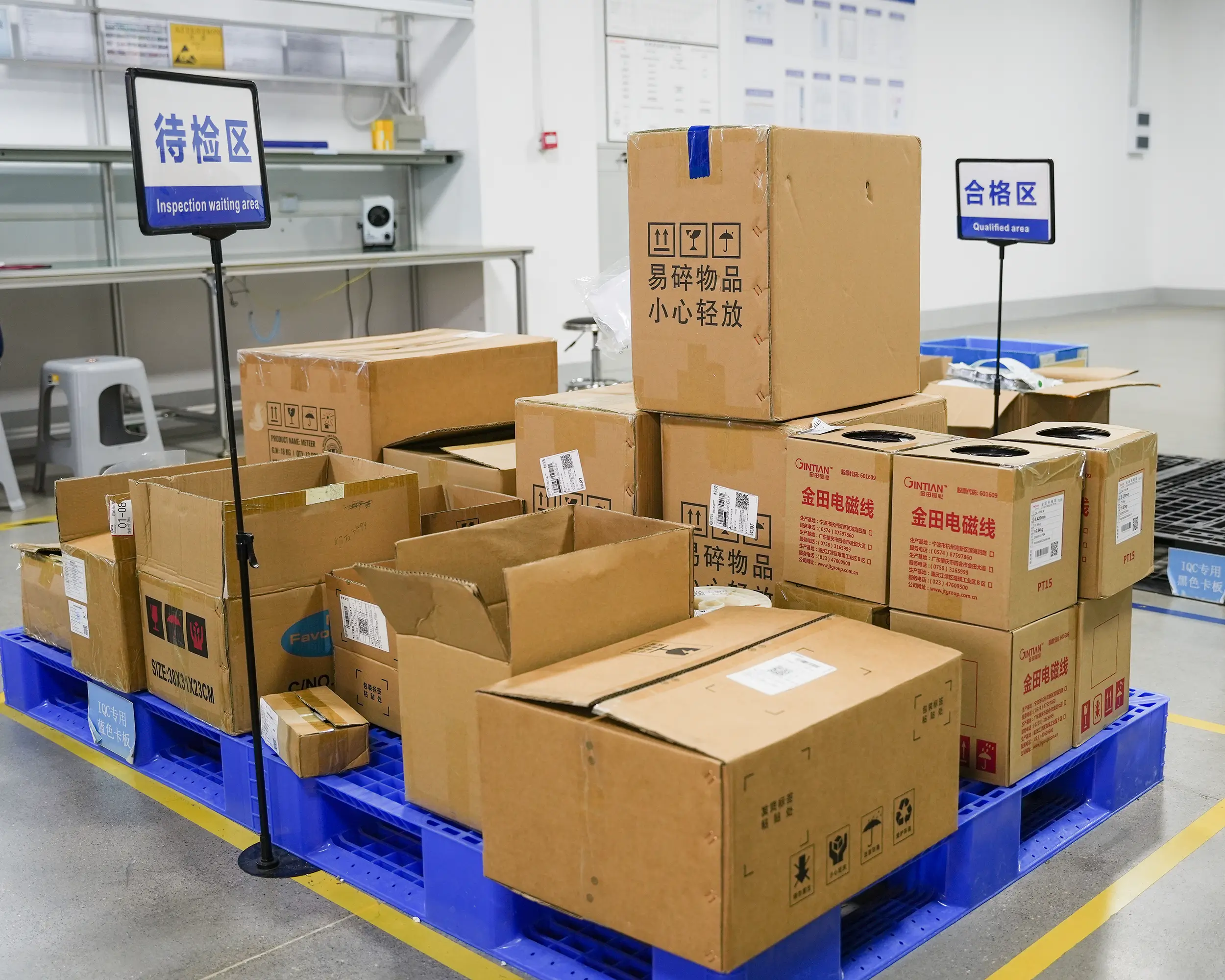Unlock Your Next DIY Adventure with KPOWER Servo Motors & Arduino
Ever wondered how to bring motion to your creative projects without drowning in technical jargon? Let’s talk about something simple yet powerful: combining a servo motor with an Arduino. Whether you’re building a robotic arm, automating a tiny greenhouse, or designing interactive art, this duo is your ticket to turning ideas into moving realities.

Why Servo Motors? Let’s Break It Down
Servo motors are like the Swiss Army knives of motion control. They’re precise, compact, and surprisingly easy to integrate. Pair one with an Arduino board, and suddenly, you’re not just coding—you’re orchestrating movement. Imagine programming a motor to rotate exactly 90 degrees on command or adjust its speed based on sensor input. That’s the magic of closed-loop control, and KPOWER’s servo motors nail it.
“But wait—do I need a degree in robotics to make this work?” Nope. Arduino’s user-friendly IDE (Integrated Development Environment) lets you upload code with minimal fuss. Even if you’re new to microcontrollers, tutorials and libraries are your best friends. Plug in a KPOWER servo, tweak a few lines of code, and watch it respond instantly. It’s like teaching a dance routine to a tiny metal performer.
Real-World Wins: Stories from the Workshop
Take Sarah, a hobbyist who built a solar-powered window opener using a KPOWER servo and Arduino. “I needed something quiet and reliable,” she says. “The motor’s torque handled the weight of my glass pane effortlessly.” Or consider Mark, who automated his model train set. “The precision blew me away—no jerky movements, just smooth transitions between tracks.”
What makes these stories stick? It’s not just the hardware. KPOWER designs servo motors with durability in mind. Think heat-resistant materials, minimal noise, and consistent performance under load. No one wants a motor that quits mid-project, right?
Q&A: Quick Fire Round
“How do I know if a servo motor fits my Arduino setup?”
Most KPOWER servos work seamlessly with standard Arduino shields and libraries. Check the voltage specs—match them to your board, and you’re golden.
“What if my project requires multiple motors?”
Stack ’em up! Arduino can handle multiple servos simultaneously. Just keep an eye on power consumption.
“Any tips for avoiding common hiccups?”
Double-check your wiring. Loose connections are the #1 culprit for “why isn’t this working?!” moments. Also, start with small code snippets before diving into complex routines.
The Takeaway
KPOWER servo motors aren’t just components—they’re collaborators. They bridge the gap between imagination and execution, offering reliability without sacrificing creativity. Whether you’re prototyping a smart gadget or refining an art installation, this combo delivers results that feel almost… human.
So, what’s stopping you? Grab a servo, fire up your Arduino, and let those gears turn—literally. Your next project isn’t just a possibility; it’s a few lines of code away from coming to life.











































